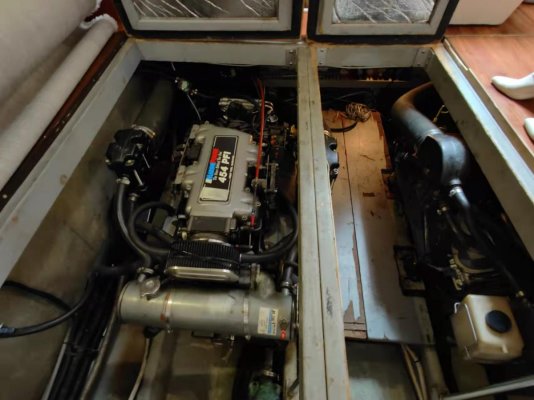paulga
Guru
- Joined
- May 28, 2018
- Messages
- 1,354
- Location
- United States
- Vessel Name
- DD
- Vessel Make
- Marine Trader Sundeck 40'
I went on deck of a 34' Mainship motor yacht.
Boat is spacious inside, living to the name of a "floating condo".
But it was constantly wiggling side to side, with the wind. At times, I almost lost a steady foothold. If I liveaboard, I would be also rolling constantly.
Does all boats of similar size roll like this in water with wind? are there some boats that are more stable?
Boat is spacious inside, living to the name of a "floating condo".
But it was constantly wiggling side to side, with the wind. At times, I almost lost a steady foothold. If I liveaboard, I would be also rolling constantly.
Does all boats of similar size roll like this in water with wind? are there some boats that are more stable?
Last edited:



